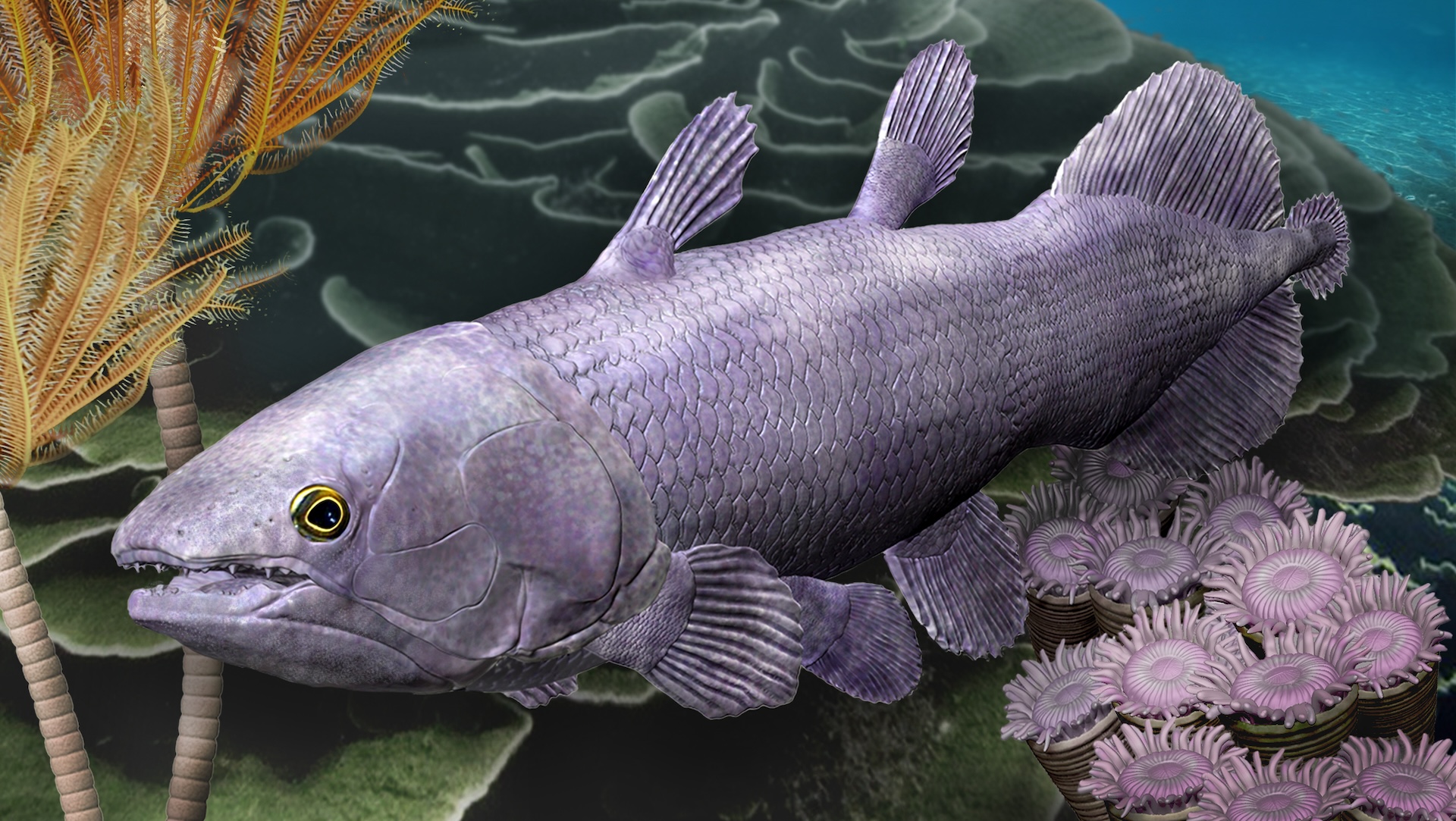Crystals, Vol. 13, Pages 860: Void Nucleation and Growth from Heterophases and the Exploitation of New Toughening Mechanisms in Metals
Crystals doi: 10.3390/cryst13060860
Authors: Yi Guo Chaitanya Paramatmuni Egemen Avcu
Heterophases, such as precipitates, inclusions, second phases, or reinforcement particles, often drive void nucleation due to local incompatibilities in stresses/strains. This results in a significant life-limiting condition, as voids or their coalescence can lead to microcracks that reduce the ductility and fatigue life of engineering components. Continuum-mechanics-based analytical models have historically gained momentum due to their relative ease in predicting failure strain. The momentum of such treatment has far outpaced the development of theories at the atomic and micron scales, resulting in an insufficient understanding of the physical processes of void nucleation and growth. Evidence from the recent developments in void growth theories indicates that the evolution of voids is intrinsically linked to dislocation activity at the void–matrix interface. This physical growth mechanism opens up a new methodology for improving mechanical properties using hydrostatic pressurization. According to the limited literature, with a hydrostatic pressure close to 1 GPa, aluminium matrix composites can be made 70 times more ductile. This significant ductility enhancement arises from the formation of dislocation shells that encapsulate the heterophases and inhibit the void growth and coalescence. With further investigations into the underlying theories and developments of methods for industrial implementations, hydrostatic pressurization has the potential to evolve into an effective new method for improving the ductility and fatigue life of engineering components with further development.

 1 year ago
61
1 year ago
61


